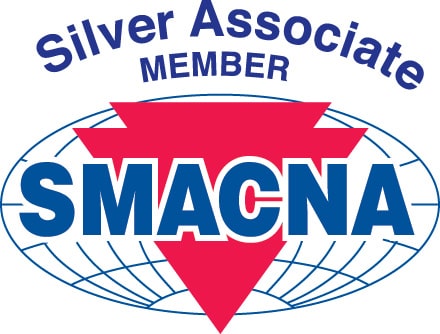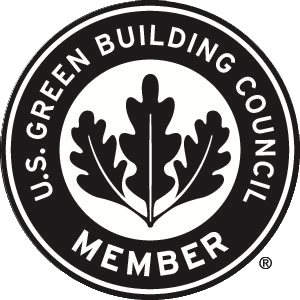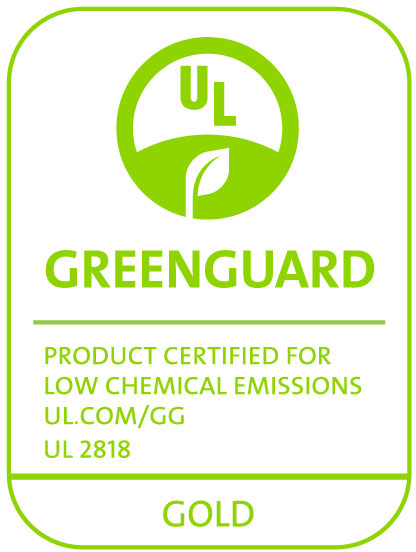Closed cell foam insulation is known for its resistance to moisture, however is it waterproof? This post will explain the performance benefits of closed-cell insulation, specifically flexible elastomeric closed cell foam insulation, for insulating piping, ductwork, and equipment.
The dictionary definition of waterproof is “impervious to water”. Impervious is defined as “not allowing entrance of passage”; in this case, water.
When mechanical insulation is installed on below-ambient (cold) surfaces such as metallic piping (copper, aluminium, iron, stainless steel), ductwork, and equipment, a primary purpose of the insulation is to control condensation which can form on the insulation surface. Ultimately, a critical factor for ensuring long-term performance of expensive mechanical systems is to prevent water vapor from coming in contact with the pipe, duct or equipment surface at all times. The presence of moisture will cause energy loss, potential mold growth, and corrosion under insulation (CUI).
Environmental factors such as the operating temperature of the fluid or gas being conveyed in the pipe, ambient temperature, and relative humidity of the mechanical equipment space will determine how much or little condensation will develop on the insulation surface.
To prevent condensation from developing on the insulation surface, the “dew point” must remain above the ambient air temperature or the water vapor present in the ambient air (relative humidity) will condense into a liquid (condensation). Ambient and relative humidity values should be selected based on the average high for the geographic area. A general source for this information can be located here.
Choosing the best insulation type and calculating the correct insulation thickness for a given application will ensure condensation control. A user-friendly insulation thickness calculator can be found here.
Closed cell insulation is water-resistant and preferred for below-ambient applications due to its closed-cell structure. Microscopic spheres of air within the insulation are contained within their own inter-connected walls to prevent moisture from penetrating through the insulation. While there are rigid and flexible (elastomeric) closed cell insulations that are commercially available, closed cell foam insulation is often preferred due to its flexibility, ease of field fabrication, and reduced breakage when compared to rigid versions.
A key physical property to look for when choosing a closed cell foam insulation is “water vapor permeability” (WVP). The reference standard is ASTM E96 Standard Test Methods for Gravimetric Determination of Water Vapor Transmission Rate of Materials. Insulation manufacturers list WVP in their technical data sheets as “perm-inch.” The lower the perm-inch value, the more resistant the insulation is to water vapor transmission. For example, a WVP of 0.02 perm-inch is favorable to 0.08 perm-inch. A value of 0.00 perm-inch is considered “zero-perm” or impervious.
Is closed cell foam insulation waterproof? By itself, it is not. A supplemental zero-perm vapor barrier, such as a jacket or mastic, must be applied over the insulation to protect it from a phenomenon known as “vapor drive” for severe applications.
For severe applications, such as cold pipe operating temperatures in high-temperature, high-humidity environments, water vapor can drive (penetrate) through the insulation to eventually come in contact with the cold surface beneath the insulation. To prevent vapor drive, the following strategies should be taken:
- Calculate the correct insulation thickness for the application
- When in doubt, or if the stakes are high, specify and install a zero-perm vapor barrier over the closed cell foam insulation
It’s important to note that national energy standards, such as ANSI/ASHRAE/IES 90.1 Energy Standard for Buildings Except Low-Rise Residential Buildings and the International Energy Conservation Code® (IECC®), adopted as code by authorities having jurisdiction (AHJ) specify “minimum” insulation thicknesses. In some cases, the minimum thickness may not be adequate to control condensation.
Learn more about Aeroflex USA’s Aeroflex® brand of EPDM closed cell foam insulation here.
Sources:
https://www.merriam-webster.com/dictionary/waterproof
https://www.merriam-webster.com/dictionary/impervious
https://www.astm.org/e0096_e0096m-22.html
https://www.ashrae.org/technical-resources/bookstore/standard-90-1












